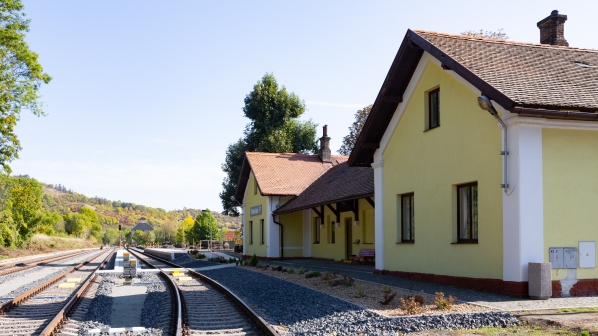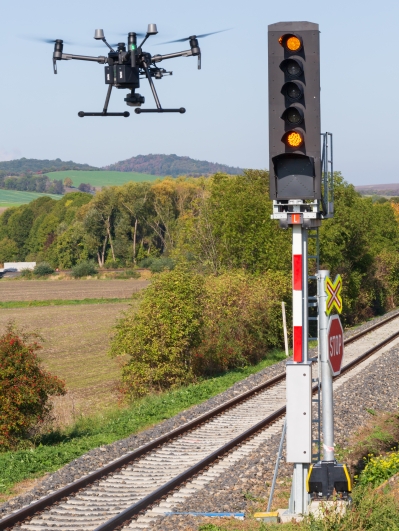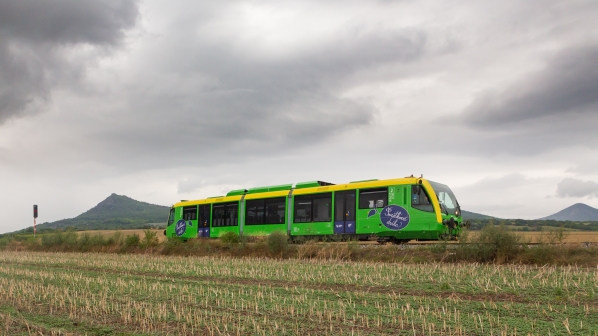AŽD purchased the disused 38km line from the Czech government in 2016 to create a testbed and showroom for its technology, and began operating a weekend tourist service along the Lovosice - Most section.
AŽD Praha has since invested Koruna 100m ($US 4.3m) to repair the line, including replacing sleepers and track, improving drainage and modifying the track geometry, before relaunching daily services on December 15 under a contract with Ústí nad Labem Region, 12 years after the last trains operated on the route. This includes 11 services between Litoměřice and Most and another seven along the Litoměřice - Třebívlice section.
Services are operated with three modernised low-floor RegioSprinter DMUs, with one backup vehicle.

“We bought them in Germany and, following modernisation, they are equipped with air-conditioning, Wi-Fi, 230V power sockets, a large vacuum toilet and spaces for prams, bicycles, and skis,” says AŽD CEO, Mr Zdeněk Chrdle. “Each unit can hold 65 seated and 100 standing passengers.”
AŽD also installed new signalling equipment along the line, increasing operating speeds in some sections to 100km/h.
The Plum Railway is now remotely controlled from the Lovosice regional dispatching centre, and is secured with AŽD’s StationSWing ESA-44 fully electronic interlocking equipment and RBC ETCS. The line is covered by GSM-R, with ETCS Level 2 (Baseline 3). An ETCS Level 1 system is due to be installed along part of the track to allow testing, while an Automatic Train Operation (ATO) over ETCS system is also undergoing tests.
New features were also installed along the Čížkovice - Obrnice section, including a modern electronic GateSWing PZZ-J level crossing with LED warning lights and new types of telescopic barriers made of composite materials or aluminium, large FieldSWing SNA-100 prototype signalsfor operation above 160km/h, different types of point machines and a diagnostic tool for rail defectoscopy, which uses an optical cable laid along the track to detect rail breaks.
Selected level crossing systems will also be equipped with a transmitter informing road vehicles of the level crossing situation using the emerging C-Roads specification, which AŽD is already testing in other locations.

In addition, AŽD is conducting tests to use drones for remote and operative control of failures or other conditions on the track.
“As part of the tests, our experts focus on specifying the characteristics of unmanned systems and the means by which they should be equipped,” Chrdle says. “The aim is for drones to get as close as possible to the details of the equipment being monitored, such as signals and point machines, including detecting visual rail defects and breaks. The first results are very satisfactory. If we manage to overcome legislative obstacles regarding the operation of drones on the railway, we are ready to offer this innovation to infrastructure managers.”
AŽD plans to gradually introduce new smart systems on the Plum Railway. From 2020, newly-installed technology will enable the testing of autonomous trains, allowing ATO at grade of automation 4 (GoA4).

